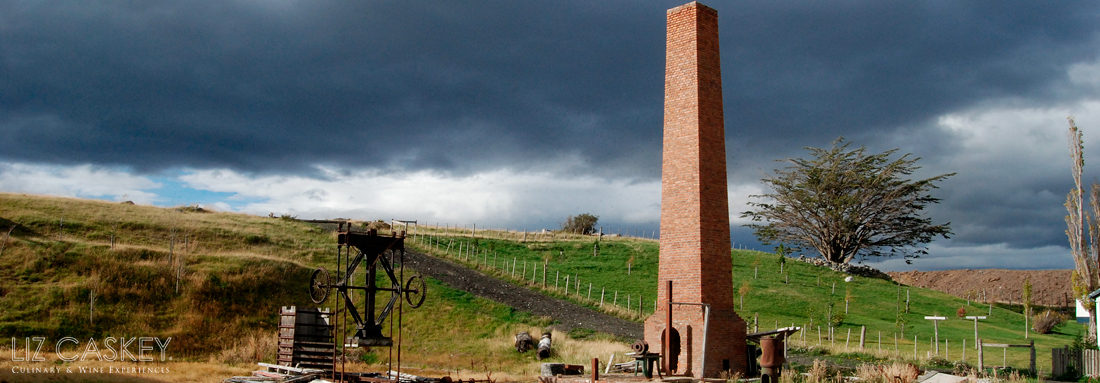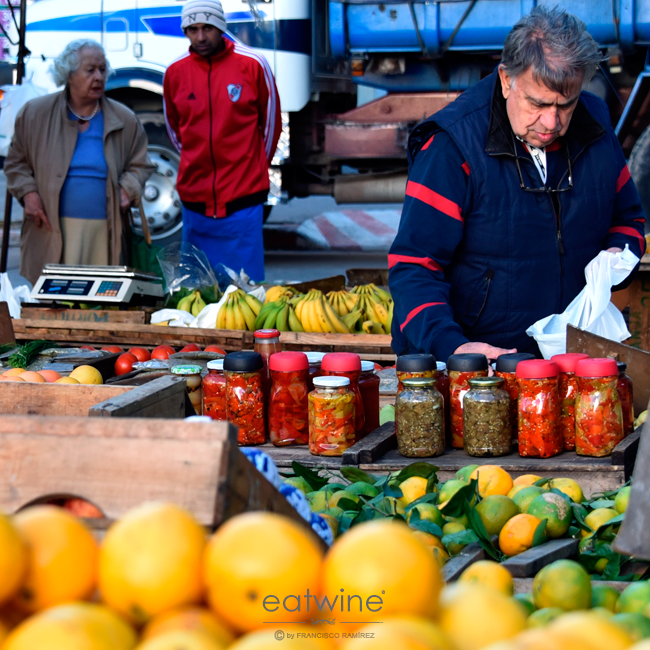
The last day of our Southern Cone Sampler tour, we woke up to glorious sun streaming through the hotel curtains. A mixture of clouds and golden rays illuminated swathes of the blue-grey waters of the Rio de la Plata. It was that kind of pure light that only appears after a stormy night.
We set off to visit the Villa Biarritz market located right off the Rambla, in Punta Carretas–one of the largest and oldest markets in the Uruguayan capital. Ferias, open-air markets, are a tradition in Montevideo and nearly every neighborhood has them at least twice a week. These outdoor markets take place rain or shine, no matter what the weather is up to. The vendors never go on strike and even work on holidays. They are always there selling their fruits, vegetables, eggs, cheeses, fish, and meats to Montevideanos.
The morning was blustery and brisk and it was the first time I needed a scarf in months. Perhaps it a preview for the scores of leeks, gourds, potatoes, and citrus I’d see in the market, signaling the change of seasons to cooler months ahead. To get to the heart of the market, where the food stalls are, we had to skirt a branch that has sprouted up with all kinds of “stuff”: toys, household items, vendors hawking colorful mate gourds (which every single person had in hand sucking through a straw). Villa Biarritz reminds me so much of European markets (particularly French) that I get nostalgic even writing about it. Certainly it stems from Uruguay’s strong European heritage (many Uruguayans are only second generation of European immigrants) from Spain, Italy, France, Germany, and Switzerland. It’s quite the cultural melting pot.
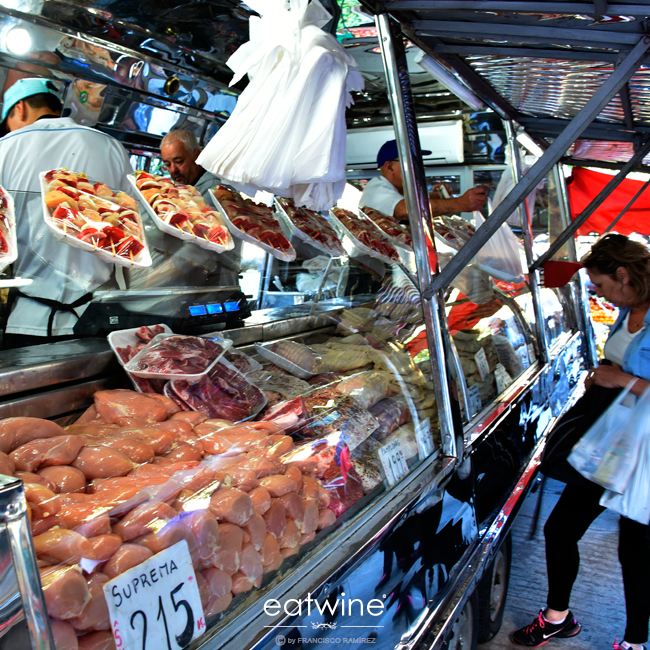
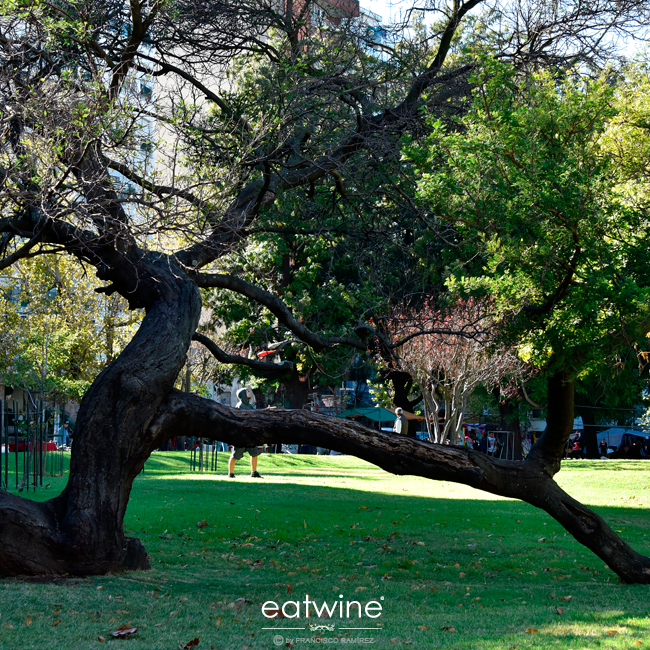
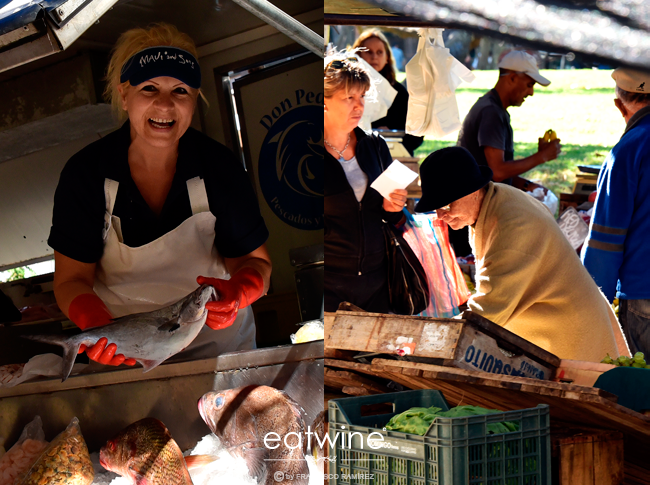
Here, market vendors neatly arrange their seasonal produce so that it looks like a still life. Butchers, cheese mongers, fishmongers all sell their goods from refurbished, and miraculously still running, 1940s vintage trucks that just add another layer of charm to the experience. As Uruguayans haggled over cuts of beef and which is the best artisan morcilla (sweet black sausage with walnuts) or chorizo (sausage) for their afternoon asado, at the next truck, the cheese truck (my favorite), clients lined up for slices of artisan cheeses from Colonia, particularly the ubiquitous Queso Colonia, the base of the beloved dessert/cheese course, Martin Fierro which is paired with Dulce de Membrillo (quince paste). At the next truck, the poultry guy sold milanesas (breaded cutlets) like hotcakes. Along the stalls with homemade goodies, there was a casera selling pascualina, a classic covered quiche made with eggs and Swiss chard, frequently gracing Uruguayan tables. All of us made a pit stop to stock up on one, cannot-live-without-it item: dulce de leche. The literal translation is “candied milk”, and that pretty much sums up this milk caramel. This stuff begs to be slathered on toast and many Uruguayan desserts have it as the centerpiece. Of course, you can also just eat it (shamelessly) with a spoon. In fact, at this market, it was sold from huge tubs (yes, you read that right) of easily 30+ kilos.
Locals wheeled their little trolleys around filled to the brim with all the fresh ingredients and stoppped to chat with each friendly casero (vendor). Caseros are often farmers themselves, or sometimes a middleman who’s had a stall for decades with his family. These are relationships with people you have for years; they see patrons’ kids grow up and then bring their own kids back to this same market.
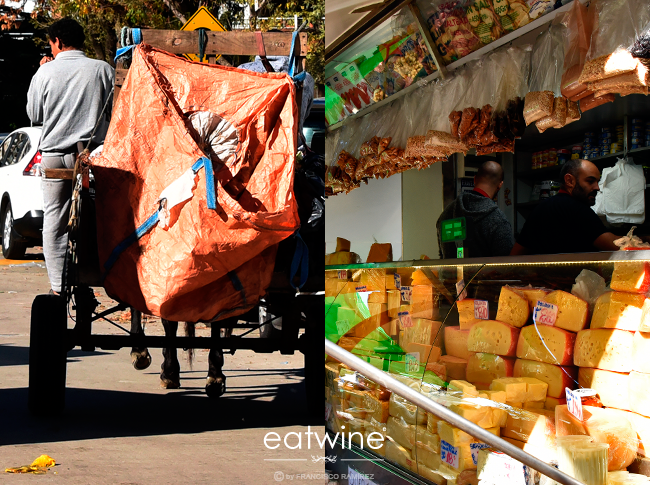
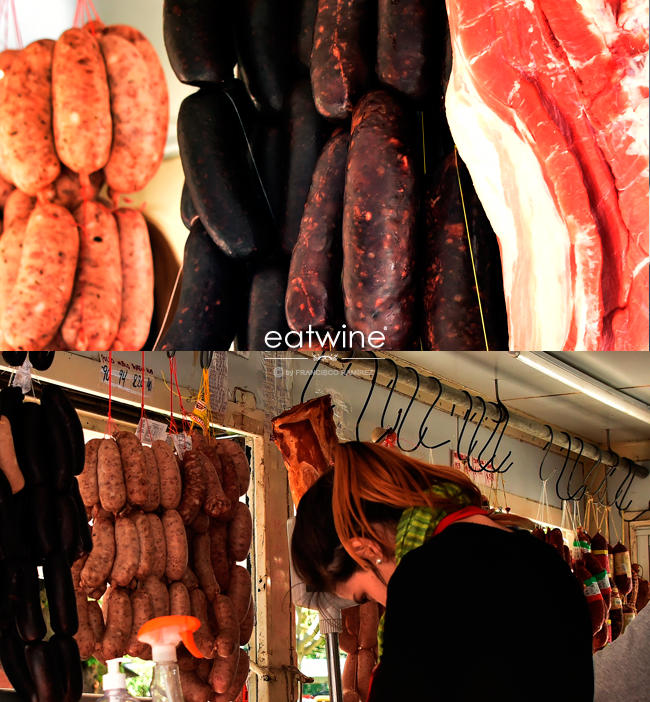
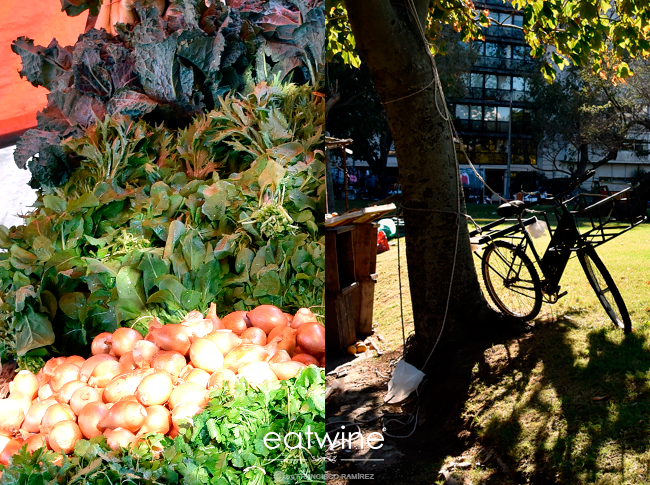

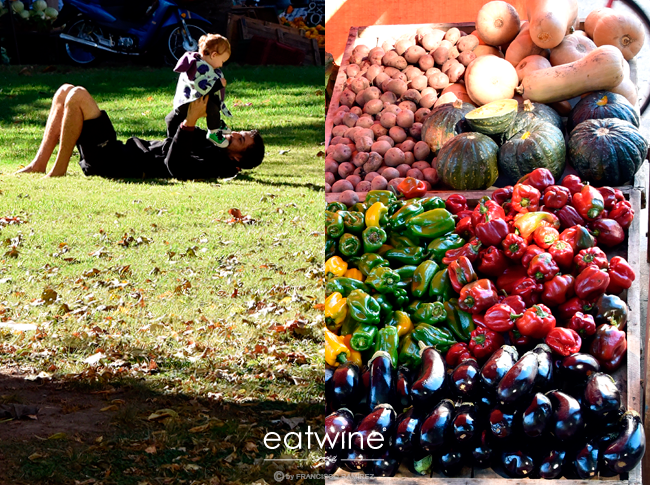
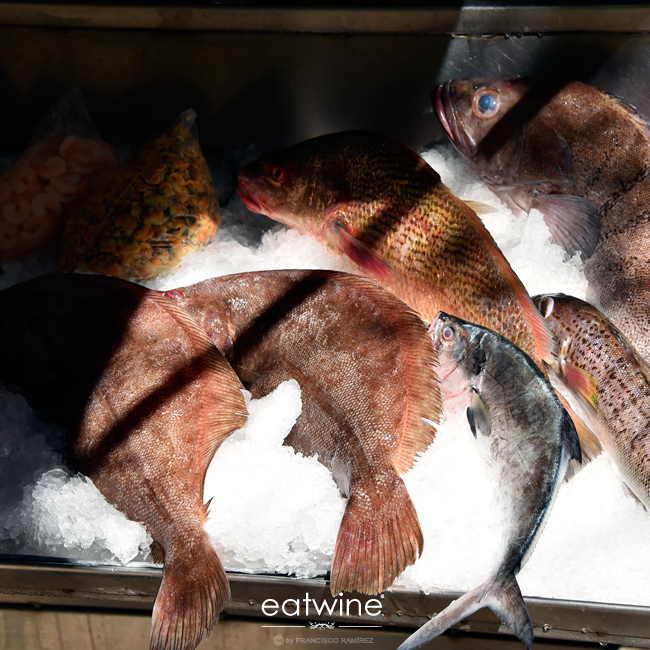
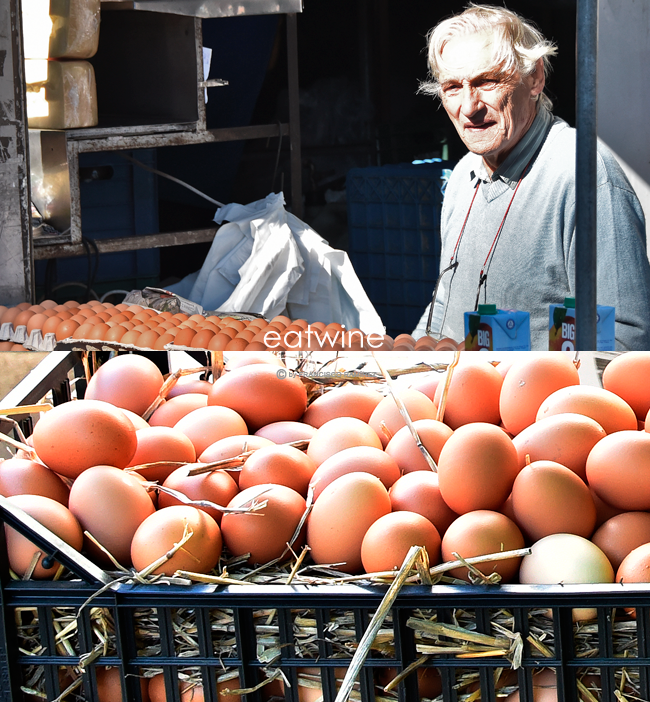
Walk through any market anywhere in the world (not just in Montevideo), and you quickly understand a lot about the country you’re in and its people. It always, always starts with the food. People everywhere need to eat and nothing says more about a culture than the seasonal foodstuffs, preparations, and folks shopping. Since we were heading to the airport later, the frustrated cook in me could only ogle the produce and buy a few portable goodies to take home (like dulce de leche, of course). During our stroll though, I became obsessed with the adorable round zucchini I kept seeing everywhere, the last of the summer season. Uruguayans just love to fill them with ground meat and top them with creamy cheese. It’s the perfect one-dish oven meal. Paired with a robust Tannat, it’s Uruguayan comfort food at its finest.
When we landed back in Santiago, guess what was the first thing I prepared? You guessed it. Here’s the recipe. Good thing we also thought to slip a few extra bottles of Tannat into our suitcase, too.
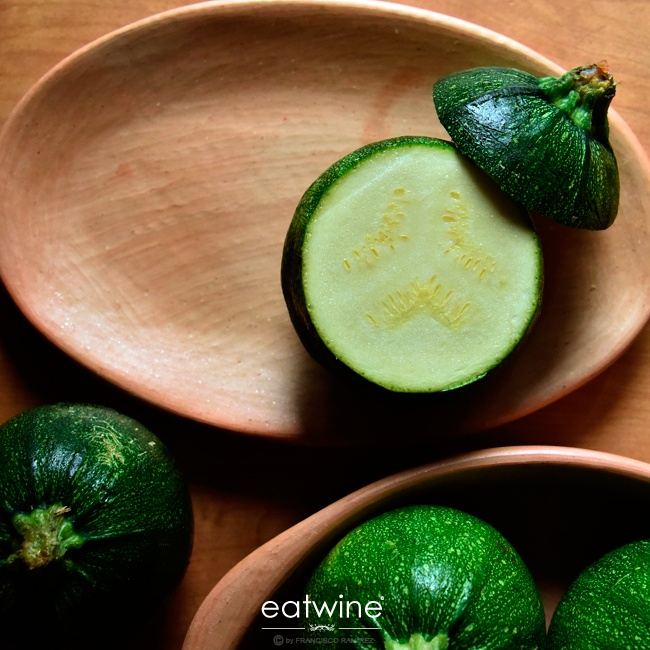
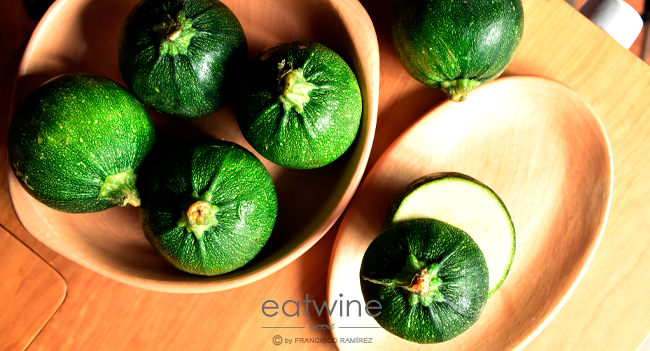
Stuffed Round Zucchini
6-8 medium round zucchini
500grs. Ground beef
½ cup grated (mild) cheese
1 onion, finely chopped
2 cloves of garlic, minced
2 tablespoons extra virgin olive oil
2 tablespoons minced parsley
1 egg, beaten
1 egg yolk
1/3 cup fresh bread crumbs
Sea salt and black pepper to taste
Preheat oven to 190°C/375°F.
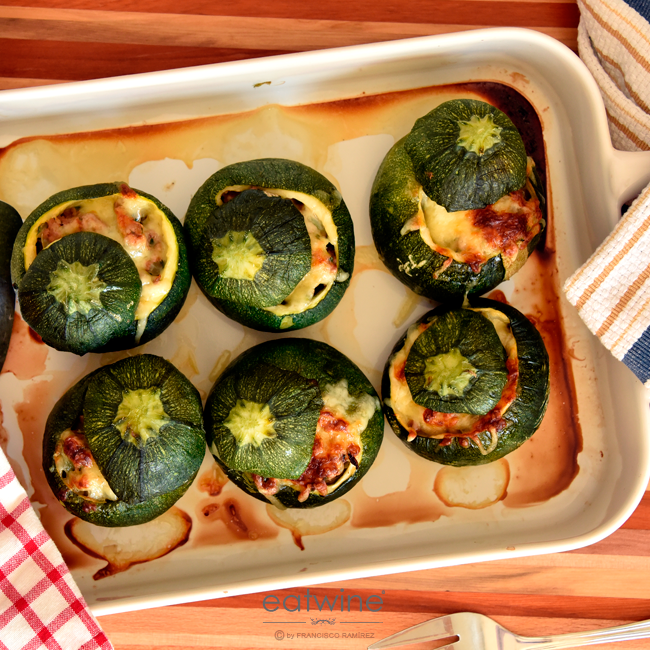
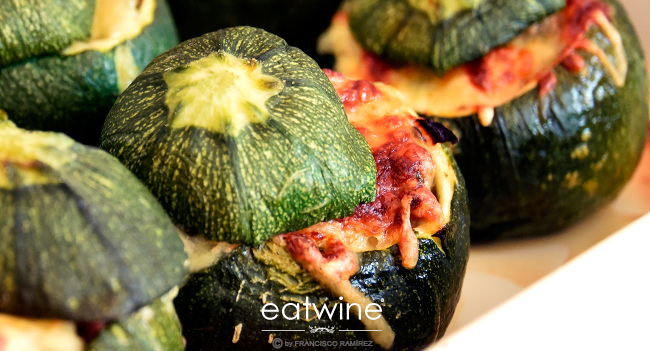
In a frying pan over medium, heat the olive oil. Caramelize the onions and garlic until golden brown. Add with the meat and rest of the ingredients.
Prepare the zucchini. Bring a large pot of salted water to a boil. Blanch the zucchini for 4 minutes. Drain and refresh in cold water. Let cool to handle then scoop out the pulp and reserve the shells and tops.
Fill the zucchini shells with the meat and top them. Place in a deep oven pan and cover with aluminum foil. Bake for 20-25 minutes until meat is cooked through and zucchini is soft.
Remove the tops and sprinkle with the cheese. Turn the oven to broiler mode and gratin for about 5 minutes until golden and bubbling.
Makes 4 portions.
